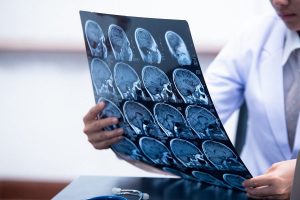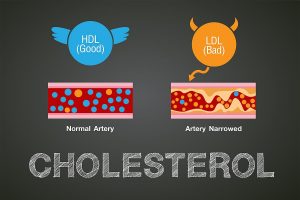
Childhood obesity is such a crisis in America that officials have been updating recommendations for how early intervention should begin. Obesity now affects as many as 20% of the nation’s children. The U.S. Preventive Services Task Force reviewed the literature on kids between 2 and 18 years of age and now recommends that kids over 6 be screened using a measure of body fat based on height and weight called Body Mass Index (BMI). The Task Force also recommends intensive behavioral therapy for those kids who are obese. Behavioral therapy was shown to reduce blood pressure, although it did not show any reduction in cholesterol. While the Task Force saw no benefit to performing obesity screenings on kids younger than 6, this isn’t to say it’s not a problem. Children between the ages of 2 and 5 as a group showed a sharp increase in obesity rates over just the last few years, according to a report from the American Academy of Pediatrics (AAP). The AAP’s 2018 report also found an upward trend for all definitions of overweight and obesity among 2- to 19-year-olds, most pronounced among adolescents. And some ethnic groups are at greater risk than others. White and Asian American children have significantly lower rates of obesity than black and Hispanic kids. The report added that, contrary to the notion that obesity in… read on >























-300x200.jpg)













